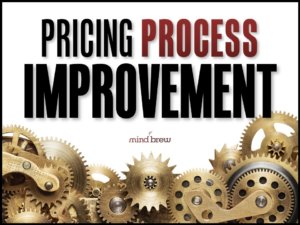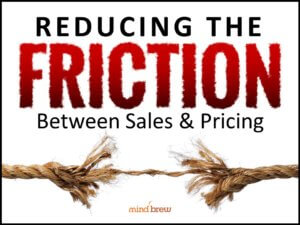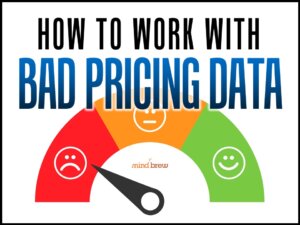Whatever you think of Elon Musk, he does have a knack for spotting problems that others may overlook. For example, in a recent interview Musk said that one of the biggest traps for a smart engineer is optimizing a thing that shouldn’t exist.
Upon hearing this, I was immediately reminded of a series of presentations I witnessed when I sat on a venture capital board a couple of decades ago…
Two different company founders were presenting their solutions to the problem of delivering video content throughout a typical residential home. (Remember, this was a couple of decades ago.)
The first founder presented a centralized, modular approach for managing all of the cables, receivers, routers, and signal boosters that might be needed. The second founder simply said “there shouldn’t be wires at all” and presented a compression algorithm that made it possible to stream large video files to all of the devices in a typical home via Wi-Fi.
The first presenter was optimizing something that the second presenter definitively proved shouldn’t even exist!
We see similar dynamics with pricing process improvement…
Very often, the existing processes are taken as a bit of a given. After all, groups may have been executing and managing these existing processes for many years. As a result, there’s a somewhat natural tendency to view these processes as necessary fixtures to be improved and optimized. And only rarely will someone on the team ever question the need for these processes in the first place.
For example, one group spent many months streamlining their exception-handling processes. And in doing so, they were able to reduce turnaround times significantly, while simultaneously increasing throughput capacity.
A bit later, however, a root-cause analysis revealed that the bulk of the exceptions were the result of buyers wanting larger unit volumes than were covered by the existing volume schedules. In other words, the sales person could quote up to 500 units, but for higher volumes the order had to be routed through the bid desk.
And by simply extending the volume schedules to allow salespeople to quote the larger quantities, the total volume of exceptions was cut by more than 50%!
As we discuss in the Pricing Process Improvement webinar, you shouldn’t just jump immediately into improving and optimizing your existing processes. Instead, first try to take a step back and objectively assess the role, relevance, and drivers behind your existing processes. This can be as simple as just asking some pointed questions:
- How did this pricing process come into being?
- What problem was it intended to address?
- Does that problem still exist today? Why?
- Can we reduce the need for this process?
- Could the process be eliminated altogether?
- What are the tradeoffs we’d have to accept?
When you ask and answer these types of “existential” questions, you just might find that the circumstances behind many of your processes are now very different than they were when the process was first established. And when you proactively look for ways to eliminate an existing process altogether, you just might find them.
To paraphrase Mr. Musk, before you invest time and money optimizing a particular pricing process, first make sure that process is actually necessary. I know that seems very obvious and intuitive. But very often, the obvious is the easiest to overlook.
















